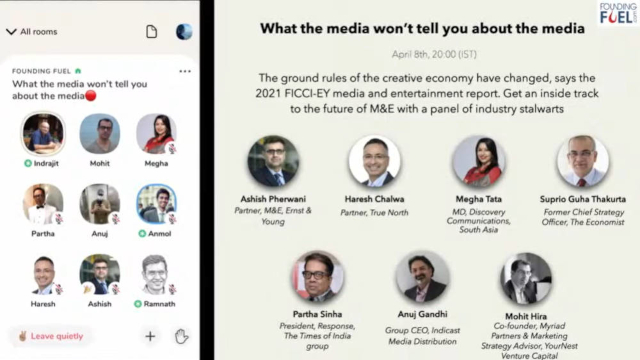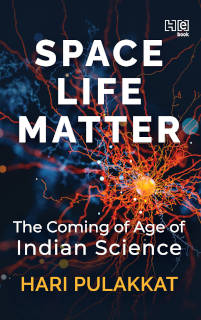[Image by Alfonso Cerezo from Pixabay]
Good morning,
“Doom scrolling” now appears to be a familiar and mindless activity. This includes soaking in chatter on social media about how miserable everything around is. Then there is mindfulness. What it is all about and how to practice is explained on the pages of Silence: The Power of Quiet in a World Full of Noise by Thich Nhat Hanh.
“Mindfulness is the practice that quiets the noise inside us. Without mindfulness, we can be pulled away by many things. Sometimes we are pulled away by regret and sorrow concerning the past. We revisit old memories and experiences, only to suffer again and again the pain we’ve already experienced. It’s easy to get caught in the prison of the past.
“We may also get pulled away by the future. A person who is anxious and fearful about the future is trapped just as much as one bound by the past. Anxiety, fear, and uncertainty about future events prevent us from hearing the call of happiness. So the future becomes a kind of prison, too.
“Even if we try to be in the present moment, many of us are distracted and feel empty, as if we had a vacuum inside… Mindfulness is often described as a bell that reminds us to stop and silently listen.
“Practicing silence to empty all kinds of noise within you is not a difficult practice. With some training, you can do it. In noble silence, you can walk, you can sit, you can enjoy your meal. When you have that kind of silence, you have enough freedom to enjoy being alive and to appreciate all the wonders of life. With that kind of silence you are more capable of healing yourself, mentally and physically. You have the capacity to be, to be there, alive. Because you really are free—free from your regrets and suffering concerning the past, free from your fear and uncertainty about the future, free from all kinds of mental chatter.”
Stay safe and have a good week.
In this issue
- What the media won’t tell you
- The story of how Homi Bhabha set up TIFR
- {Art} Mother & Child by Gustav Klimt
What the media won’t tell you
When consulting firm EY put out a report on the media and entertainment business, it had our attention right away. “Every publisher went online and put a dotcom at the end of their brand name. But did it mean success?” was a question Ashish Pherwani, lead author of the report, asked.
To understand if the finest minds who understand the business agree with the findings, we asked them to join us for a live conversation on Clubhouse. It was a firecracker as they debated the report, examined the industry and took questions.

“There's a fundamental shift in consumer behaviour, which was already underway, which has accelerated…The whole market has become a digital market and the impact is going to fall on the entire media business,” said Haresh Chawla, partner at True North.
Companies across the world are rethinking their models as well, pointed out Suprio Guha Thakurta, now partner at Accelero and chief strategy officer at The Economist in an earlier avatar. “If you think about it, NYT is actually a bundle. It’s a lot of different kinds of offerings put together. You could think about entry points. Someone likes sports, someone likes to read politics, someone likes economics... NYT has made the very calculated risk that everybody will pay a little more for all the other sections.”
A full recording and a meticulously edited summary of the conversation by our colleague Sveta Basraon is now available.
Dig deeper
The story of how Homi Bhabha set up TIFR
Hari Pulakkat is among our favourite science journalists in the country. That is why when the Amazon Kindle and Google Playstore editions of his book Space. Life. Matter: The Coming of Age of Indian Science got published, we got a copy right away and dug in. It documents the untold stories of people, such as Homi Bhabha, who shaped the narratives of Indian science in its early years.

“Bhabha was an ambitious man, an aristocrat who liked science as well as music and painting”
“Homi Bhabha was comfortably settled in British academic life when he came to India for a vacation in 1939…. Bhabha was an ambitious man, an aristocrat who liked science as well as music and painting, a physicist who was also a connoisseur of the arts. His prime intent in the 1930s was to build a career as a scientist in Britain. Bhabha’s dreams were shattered when World War II broke out when he was in India. He could not go back to Cambridge after his holiday….
“Bhabha was born into a rich Parsi family with good connections. Parsi families are usually related to each other. They also helped each other, and were not likely to let down a young man destined to be a star in the country. Bhabha persuaded the Sir Dorabji Tata Trust to fund a new scientific institute….He called it the Tata Institute of Fundamental Research (TIFR).”
We will engage with Hari and other thought leaders in conversations on where does Indian science stand now and other frontiers it must engage with. Stay tuned.
Dig deeper
Still curious?
- Indian institutions tend to decay over time. The Indian Institute of Science seems to have defied this trend thanks to a strong commitment to certain core principles, writes Rishikesha T Krishnan. Read: India can build world-class universities. IISc shows how, with a few caveats
- Journalists need to be heard to be able to convey truths. But social media has dumbed down public discourse and made it difficult for reflective commentators to be heard, writes Arun Maira. Read: How the media has let down democracy
Mother and Child by Gustav Klimt

[Via Flickr, (CC BY-NC-SA 2.0)]
I was first introduced to the works of Gustav Klimt on a detour from work and an Austrian suggested we visit the museum. He pointed me to the use of colour and the detail in Klimt’s work and how it stood out from the others. This was among the ones that got my attention. ~ Charles Assisi
What’s helping you get through these tough times? Send us the song, poem, quote that is your balm now. And we will share it through this newsletter.
And if you missed previous editions of this newsletter, they’re all archived here.
Bookmark Founding Fuel’s special section on Thriving in Volatile Times. All our stories on how individuals and businesses are responding to the pandemic until now are posted there.
Warm regards,
Team Founding Fuel
(Note: Founding Fuel may earn commissions for purchases made through the Amazon affiliate links in this article.)

